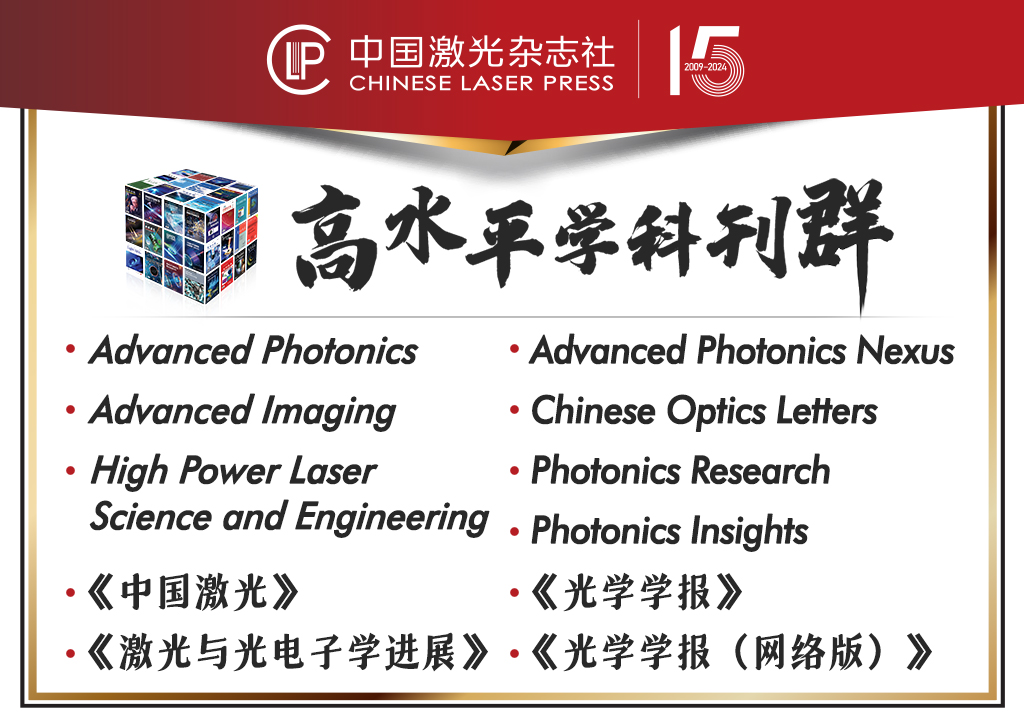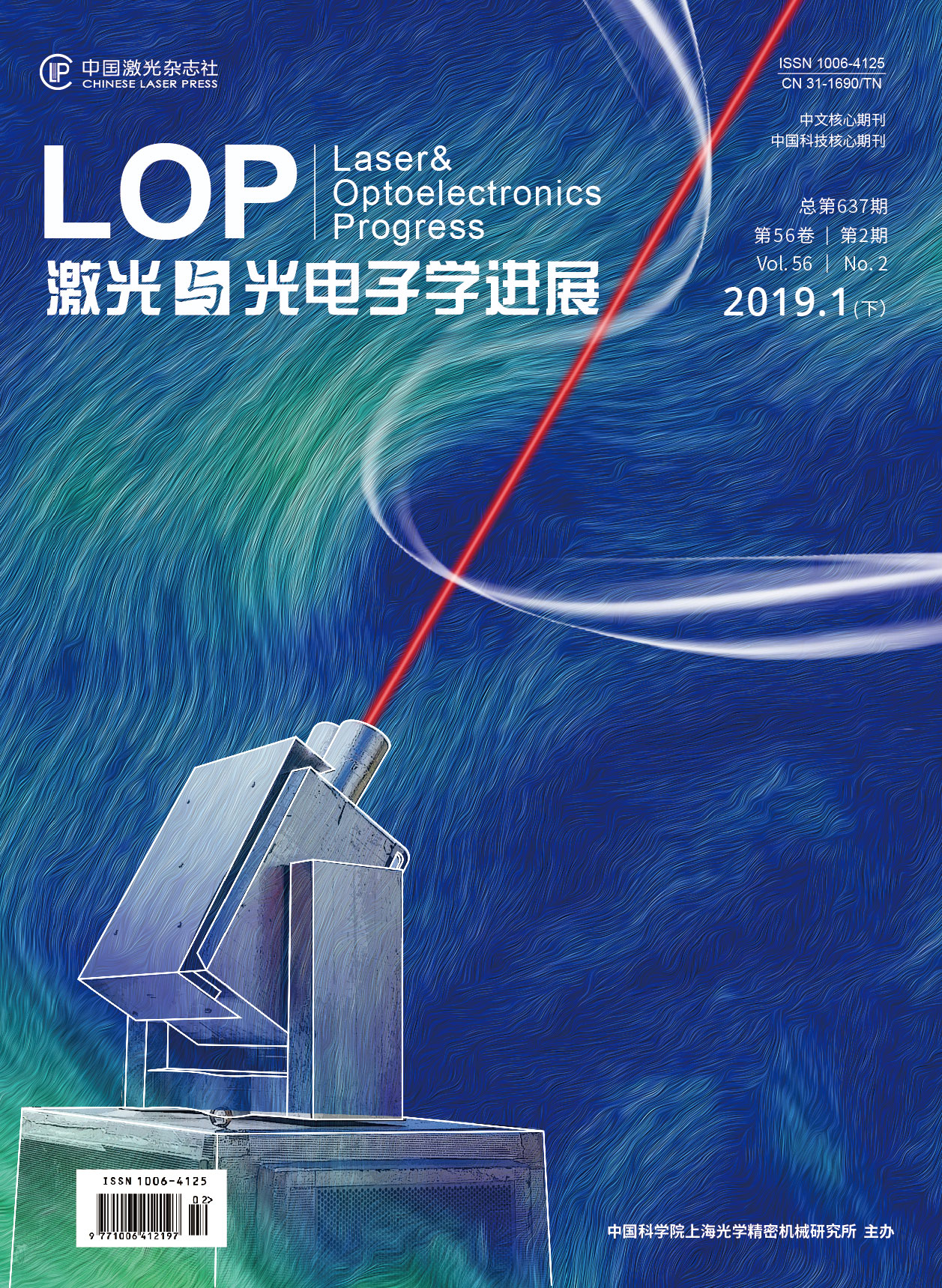基于瞳孔空间形态的双眼视线跟踪方法  下载: 1305次
下载: 1305次
ing at the status of immaturity for the human-machine interaction technique of eye gaze tracking, a tabletop two-eye gaze tracking method is proposed based on pupil shape in space of stereo vision. With the low grey value distribution, the pupil center is located preliminarily. The radial derivative polar diagram in pupil area is used to extract the pupil edge point coordinates, and the random sample consensus (RANSAC) is used to fit the pupil edge with a suitable ellipse. The two-eye pupil edge point coordinates are matched using the ORB (Oriented brief) algorithm and the pupil edge point coordinates are obtained based on the two-eye stereo vision model. The least square method is finally adopted to calculate the pupil shape in space and the gaze direction is presented. The experimental results show that the positioning speed of pupil center is 300 frame/s, the two-eye gaze tracking speed is 15 frame/s, and the maximum gaze tracking error is 2.6°. It is verified that the proposed method has good accuracy, robustness and real-time performance, and it can be used in the field of human-machine interaction.
王向军, 白皓月, 倪育博. 基于瞳孔空间形态的双眼视线跟踪方法[J]. 激光与光电子学进展, 2019, 56(2): 023301. Xiangjun Wang, Haoyue Bai, Yubo Ni. Two-Eye Gaze Tracking Based on Pupil Shape in Space[J]. Laser & Optoelectronics Progress, 2019, 56(2): 023301.







